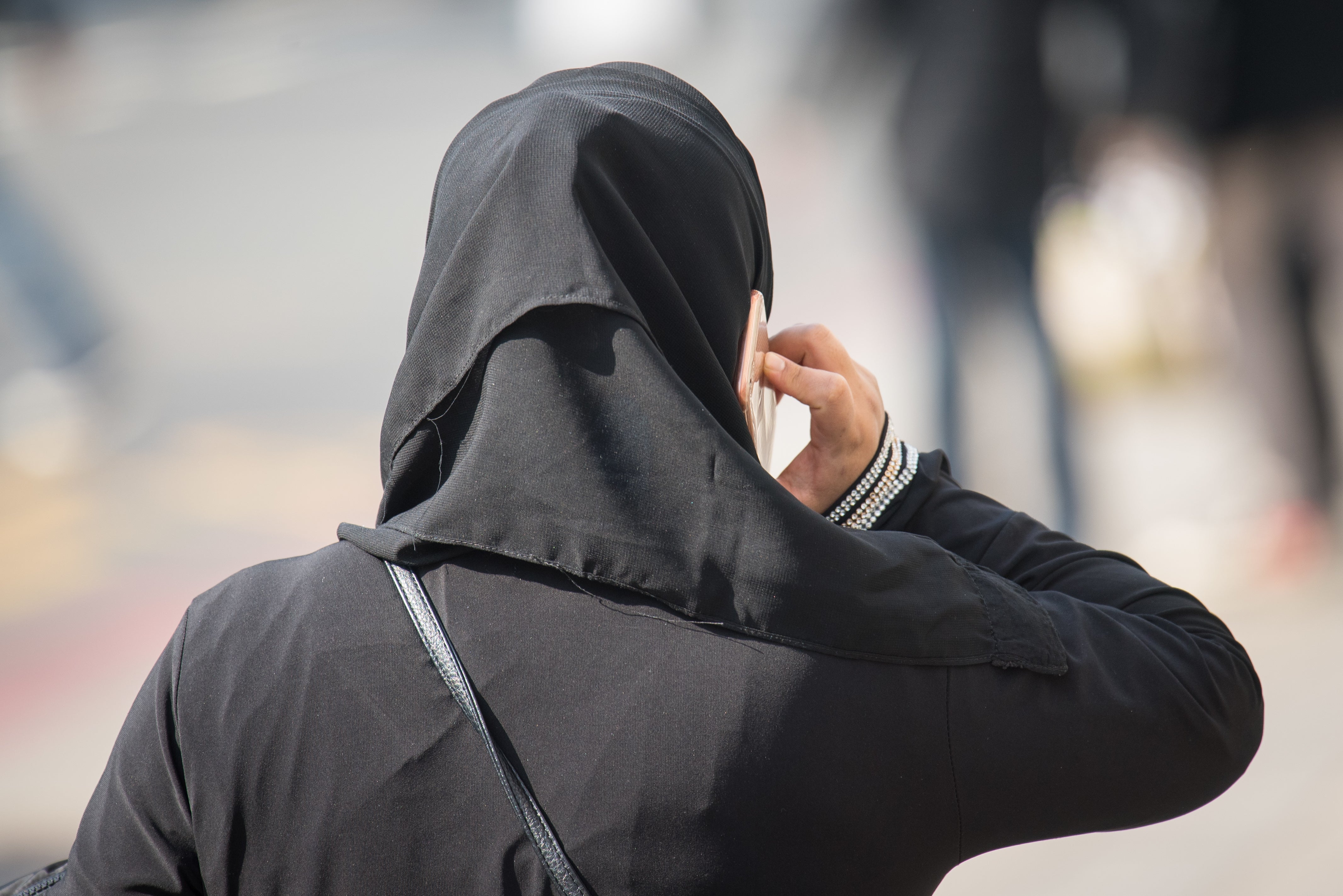NYPD to no longer force women to remove hijabs for mug shots
Jamilla Clark and Arwa Aziz were arrested and before their photographs were taken, they were ordered to remove their hijabs. They were left feeling shamed and exposed.

Two years ago, two Muslim women joined forces to sue the New York Police Department, claiming they had suffered the same embarrassing ordeal.
The women, Jamilla Clark and Arwa Aziz, were arrested and before their photographs were taken, they were ordered to remove their headscarves, or hijabs, which left them feeling shamed and exposed.
But last week, in an effort to settle the lawsuit, the Police Department agreed to change its policy and allow religious people to be photographed in head coverings so long as their faces were left unobstructed.
The settlement agreement, reached in US District Court in Manhattan, would apply not only to hijabs, but also to other religious headwear, like the skullcaps and wigs worn by Orthodox Jews and the turbans worn by Sikhs.
“It was appalling that this was happening for so many years in New York and that our city was betraying the values of religious inclusion,” said Albert Fox Cahn, a lawyer who represented the women in their suit. “But now we won’t see any more New Yorkers subjected to this discriminatory policy.”
The agreement was the latest example of the Police Department amending its rules to accommodate religious practices in one of the most diverse cities in the country. Under pressure from a similar lawsuit filed in 2016, the department changed its policies to allow officers to wear turbans and grow beards for religious reasons.
In her original complaint, Ms Clark said that she had broken down in tears in January 2017 after being told to remove her hijab while she was detained for hours in a holding cell in Manhattan. She had been arrested on a low-level charge of violating an order of protection.
As the camera flashed to take her photograph, Ms Clark recalled feeling naked. Most observant Muslim women wear a head covering when in the presence of men who are not their husbands or members of their family. Several male officers, Ms Clark said, stared at the image of her uncovered head as they stored it in a police database, deepening her shame.
That August, Ms Aziz was arrested on similar charges in Brooklyn and claimed that the police made her pull down her hijab for an official arrest photo as she stood in a crowded hallway with dozens of male prisoners. When the officers snapped photos of her bare head and hair from several angles, Ms Aziz started weeping.
Under the terms of the settlement agreement, the Police Department will now revise its Patrol Guide to reflect the new policy and will train its officer to “take all possible steps, when consistent with personal safety” to allow prisoners to keep their headwear on in order to respect their “privacy, rights and religious beliefs.” The department also agreed that for the next three years it will keep track of any occasions on which it forced prisoners to remove religious headwear.
An exception would be made during searches for weapons or contraband, or when the officer believes that “the head covering presents a risk to the safety of the prisoner or others,” the settlement said.
Mr Cahn said the agreement did not settle the issue of damages for hundreds, if not thousands, of religious people who over the years were forced to remove their headwear while having their arrest photos taken.
Patricia Miller, chief of the Special Federal Litigation Division of the city Law Department, said in a statement issued Monday evening that the settlement agreement was “a good reform for the NYPD.”
“It carefully balances the department’s respect for firmly held religious beliefs with the legitimate law enforcement need to take arrest photos, and should set an example for other police departments in the country,” she said.
The Police Department’s stance toward religious head coverings has evolved over time, highlighting the interplay between criminal justice policy and the cultural and religious obligations of people in custody.
For many years, there was no official policy and commanders were left to their own discretion. Sometimes they ordered religious garb, like hijabs, removed for mug shots; sometimes they did not.
In March 2015, the department altered its policy with an interim order that ensured that when photographs were taken, those who opposed having their headwear removed could be taken to a private room at Police Headquarters to be photographed without their heads covered by someone of the same gender.
That order, however, was never incorporated into the Patrol Guide.
New York Times
Subscribe to Independent Premium to bookmark this article
Want to bookmark your favourite articles and stories to read or reference later? Start your Independent Premium subscription today.

Join our commenting forum
Join thought-provoking conversations, follow other Independent readers and see their replies